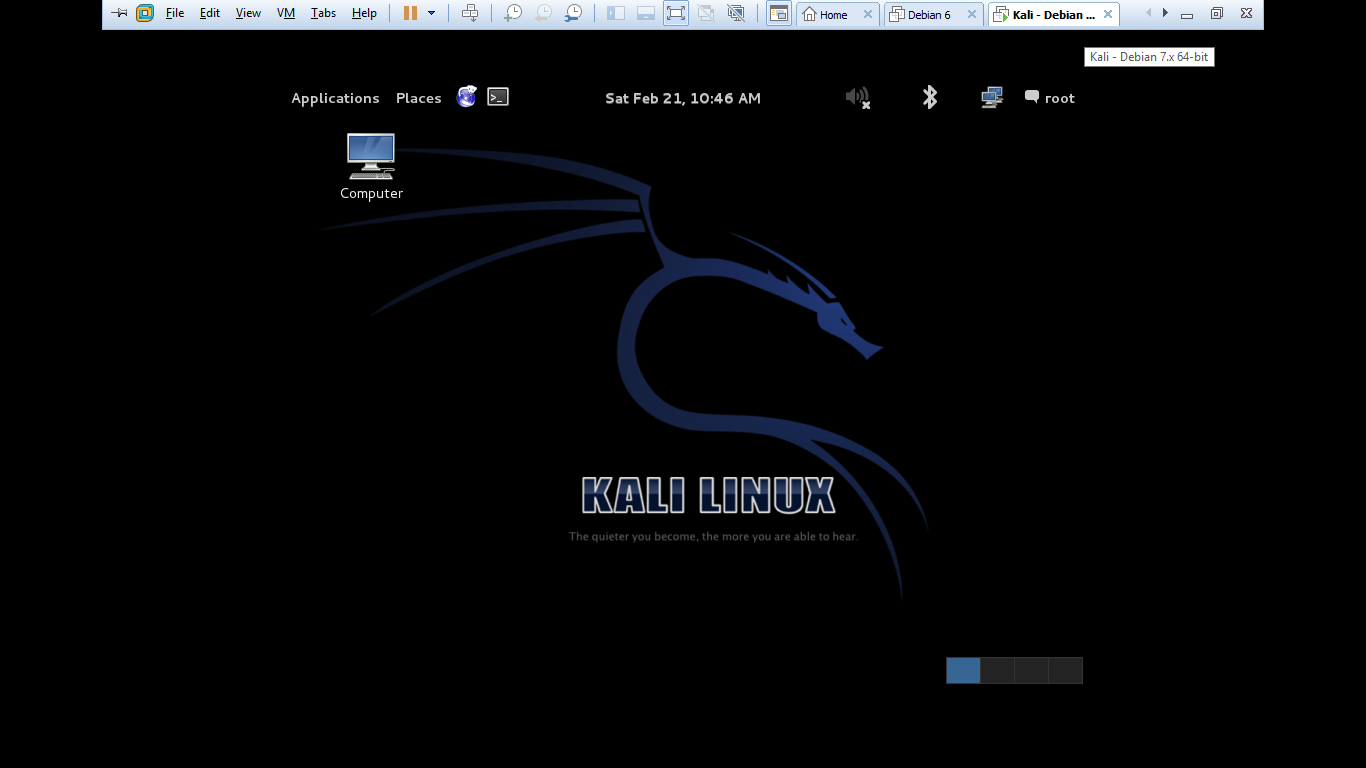


To put it another way, you don’t need to create an ISO file and keep it on your hard drive. The situation is especially dire when you consider that Windows 10 is already installed on the vast majority of operating systems. As a result, 25GB of ISO files are sufficient for a complete Windows 10 installation. When compressed, an ISO file only has a compression size of only 28%. In a world where we have less storage space for our user data (downloads, videos, pictures), we must rely on cloud storage.

If you intend to install large numbers of files, a second partition may be required. To use Kali Linux, you should have 128GB of RAM (512 MB recommended) and 2GB of internal storage. A 16GB hard drive is typically enough for a Ubuntu install that does not require much memory. According to the Kali Linux installation guide, 10 GB of data is required. You would need at least 8GB of space to run the guide. The Kali Linux image will take over 3GB to download on your USB drive. Your USB drive has at least 8GB of storage capacity the Kali Linux image has a capacity of more than 3GB. We’ll create a new partition of about 4GB to keep our data in while using Kali Linux, which has a capacity of more than 3GB. How Much Space Is Required For Kali Linux Live Usb? Ubuntu will usually work fine if you have a 16GB storage capacity. Persistent data is stored on an external USB drive and can be encrypted at any time in other words, the data can be retained indefinitely. Users who want to save data on the Kali Linux Live USB drive can do so in two ways. Purchasing an SSD or HDD with 512GB of storage would be ideal. Kali Linux is a Linux server that can run Secure Shell (SSH) programs with as little as 128 MB of RAM and 2GB of storage. This will allow you to use Kali for more complex ethical hacking and penetration testing tasks. By following these steps, you can easily give Kali Linux Live USB more disk space. Finally, you need to boot from the persistent live USB and enjoy your increased disk space. Then, you need to create a persistent live USB with the desired disk space. First, you need to create a bootable Kali USB drive. Creating a persistent live USB with a larger disk allocation is a simple process. This can be done by creating a persistent live USB with a larger disk allocation. Fortunately, it is possible to give Kali Linux Live USB more disk space. This can be limiting, especially if you are using Kali for large-scale testing or for storing a lot of data. However, its default disk space allocation is only 8GB. Kali Linux is a versatile tool for ethical hacking and penetration testing. It is maintained and funded by Offensive Security Ltd. Kali Linux is a Debian-derived Linux distribution designed for digital forensics and penetration testing.


 0 kommentar(er)
0 kommentar(er)
